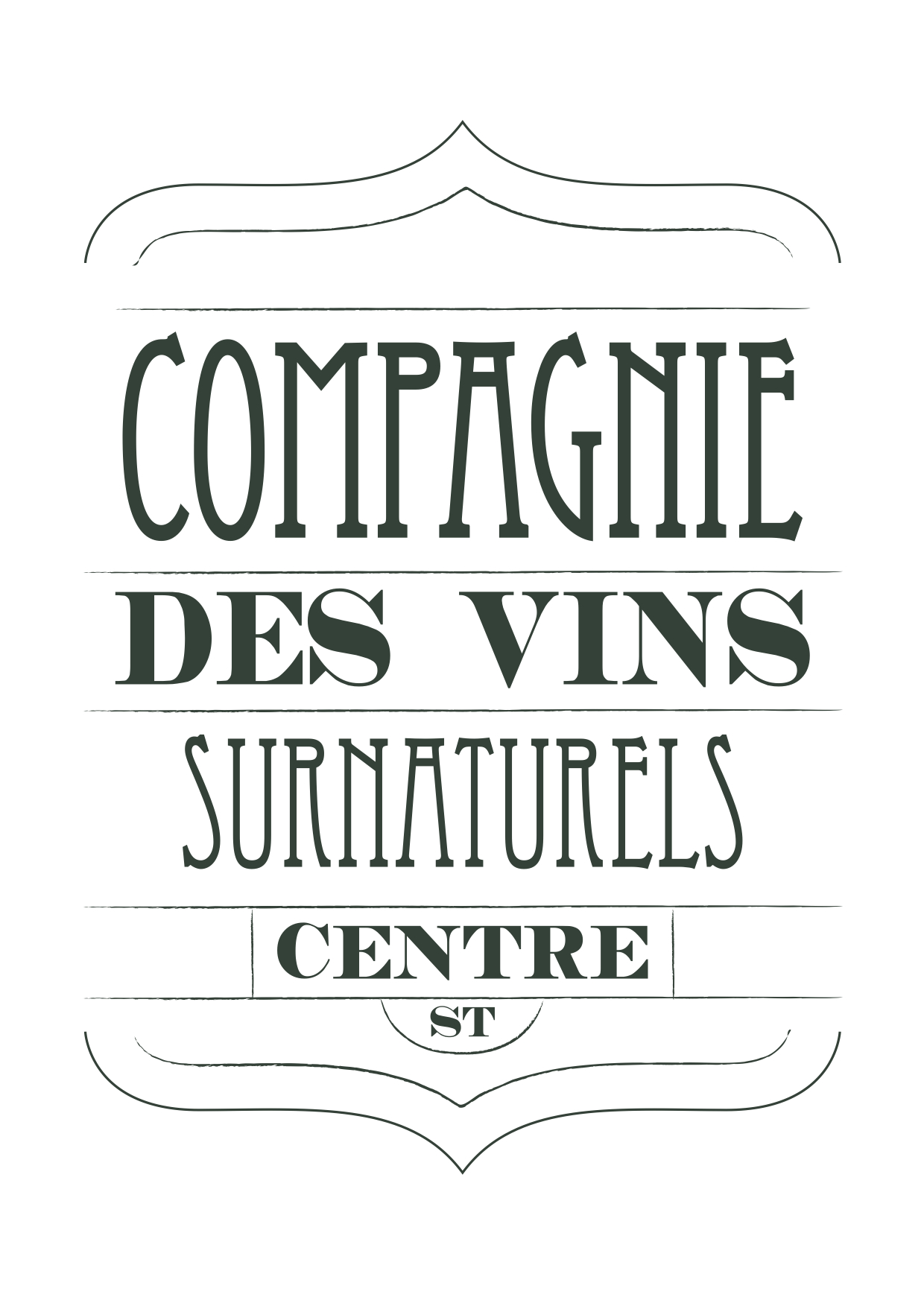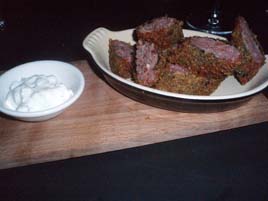
 I am leery of accepting dinner invitations from publicists, as it’s sometimes a signal that the restaurant is desperate.
I am leery of accepting dinner invitations from publicists, as it’s sometimes a signal that the restaurant is desperate.
At Uva Restaurant and Wine Bar, it is entirely the opposite. On a Wednesday evening, the charming, rustic space was bustling, full of the young, energetic, value-conscious diners that most people think the Upper East Side doesn’t have.
After it opened in 2005, Uva received just one professional review that I can find, a mostly favorable write-up from The Times in $25 & Under. It has received little media attention since then. Our visit was at the publicist’s invitation, and all of the usual caveats apply. However, between the four of us we were able to sample a good deal of the menu, and my friends didn’t hesitate to share their critical reactions, both positive and negative.
Uva is owned by the Lusardi family, whose sister restaurant down the block, Lusardi’s, serves a very similar Northern Italian menu in considerably more upscale surroundings. To the younger crowd that favors Uva, Lusardi’s is the old-fashioned white-tablecloth place where they’d take the grandparents. My age is about midway between most of Uva’s patrons and grandpa, and perhaps I’d probably enjoy the higher-priced (but much quieter) Lusardi’s a bit more. Uva is more cozy: with low ceilings and exposed brick right out of the downtown playbook, it does get loud in there.
 But Uva has its charms, with 40 wines by the glass, most of them $12.50 or less; and 250 wines by the bottle in a wide range from $28 to a few reserve selections in three and four figures. (I assume Uva shares stock with Lusardi’s, which has a 500-bottle list.)
But Uva has its charms, with 40 wines by the glass, most of them $12.50 or less; and 250 wines by the bottle in a wide range from $28 to a few reserve selections in three and four figures. (I assume Uva shares stock with Lusardi’s, which has a 500-bottle list.)
Although Uva is marketed as a wine bar, it has a full menu of antipasti, cheeses, pastas, and entrées. Portions are ample, and nothing costs more than $22. There is also a late-night menu from 11:00 p.m. to 2:00 a.m., a rarity in this neighborhood.
Chisolino ($9.50; above left) is a dish I’ve not had before, an Emilian-style focaccia with Robiola cheese and preserved black truffles. This was one of the more satisfying and memorable dishes of the evening.


Of the two bruschette we tried (both $6.50), our table voted a slight preference for the Sundried Tomato Puree, Pesto & Pine Nuts (above left) over the Wild Mushrooms, Arugula & Parmigiano Cheese (above right).


The appetizer course was the evening’s best, with a quartet of excellent dishes:
1. Insalata di Barbabietole ($9; above left), a salad of red beets, goat cheese and fava bean salad. Some version of this dish seems to appear in every restaurant, but this was a fine rendition of it.
2. Involtini de Melanzane ($10; above right), eggplant stuffed with ricotta and spinach, baked in a pink sauce with mozzarela. This is a dish I’ve not seen before, and frankly one of the few eggplant dishes I have ever liked.


3. Polenta Tartufata ($9; above left), fresh polenta filled with robiola cheese in a black truffle sauce. This was probably my favorite dish of the evening, and like the stuffed eggplant, I haven’t seen anything quite resembling it before.
4. Burrata Barese ($13; above right), creamy mozzarella with yellow beef tomatoes, fava beans, and a balsamic glaze.
 The pasta course (right) was competently executed, but less distinctive:
The pasta course (right) was competently executed, but less distinctive:
1. Gnocchi di Ricotta ($18), home made ricotta gnocchi in a creamy black truffle and chive sauce. (Truffles seem to figure in a lot of the dishes here.)
2. Pappardelle al Ragu di Vitelo ($17), house-made pasta ribbons sautéed with ragout of veal and montasio cheese.
3. Cavatelli al Pesto ($18), house-made pasta shells in a creamy pesto sauce with shaved ricotta.
All three were acceptable, but the sense of the table was that we’d had better versions of them elsewhere.


The entrées were all quite heavy, plated and sauced in a style that isn’t fashionable these days. Three of the four seemed to be swimming in the identical dark brown sauce, which was too much of a good thing.
Anello de Capesante e Speck ($22; above left), was the most striking of these dishes, with five scallops arranged in a pentagon held together with a string of smoked prosciutto, resting in sautéed spinach and a white wine sauce. The whole production had a rich, dusky flavor.
Polpaccio d’Agnello ($21; above right), a braised lamb shank, seemed (like most of the entrées) over-sauced.


Vitello Gratinato con Melanzane ($22; above left), veal topped with eggplant and soft pecorino cheese in a rosemary sauce, was a higher quality and more tender veal than the pounded-into-dust versions served at lesser restaurants.
Petto d’Anatra ($22; above right), a pan-seared duck breast in a thyme sauce, was served with sautéed oyster mushrooms, spinach, and fingerling potatoes. Here, the suace was so overwhelming that it was hard to taste much of the duck at all.


All four desserts we tried were excellent:
1. Torta di Mandate ($8; above left), an almond tart served warm with vanilla ice cream and chocolate sauce.
2. Baci Perugina Mousse ($8.50; above right), a chocolate and hazelnut mousse topped with chocolate sauce and toasted hazelnuts.
3. Salame del Papa ($6.50; below left), a chocolate “salame” Venetian style.
4. Fragole con crema al mascarpone ($7.50; below right), fresh strawberries topped with mascarpone cream.
There wasn’t a dud among these, but if I must choose, the first two were more memorable.


To summarize, the starter and dessert courses were clear winners. The pastas were about typical of a good Italian restaurant in New York, while the entrées struck us as a tad old-fashioned and somewhat heavier than many diners are looking for these days. Having said that, they are certainly good for the neighborhood, especially at just $22, a good $4–5 less than many places would charge.
The service was excellent, as you’d expect at a pre-arranged meal, but if Uva is packed on a Wednesday in January after seven years in business, they are probably doing something right.
Uva (1486 Second Avenue between 77th & 78th Streets, Upper East Side)
 Monday, September 8, 2014 at 08:24PM
Monday, September 8, 2014 at 08:24PM  A few weeks ago, I wrote about the “restaurant story of the year . . . the explosion of casual restaurants with good—I mean, really good—wine lists right out of the gate.” Our visit to Racines NY prompted that comment, but I also had another spot on my mind: La Compagnie des Vins Surnaturels, which opened at around the same time, not very far away.
A few weeks ago, I wrote about the “restaurant story of the year . . . the explosion of casual restaurants with good—I mean, really good—wine lists right out of the gate.” Our visit to Racines NY prompted that comment, but I also had another spot on my mind: La Compagnie des Vins Surnaturels, which opened at around the same time, not very far away.





































































